How To “Get A Sync”
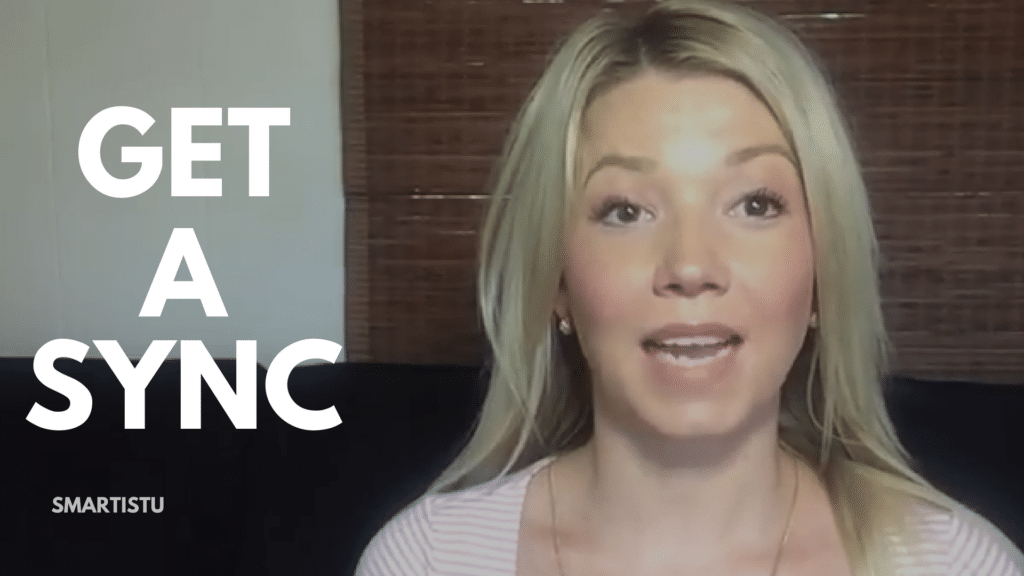
How To “Get A Sync”
In this training you’re going to learn how to pitch a music supervisor to get your music placed in film, television, and ads when you’re an independent artist, or manager of an independent artist who is not signed to a publishing company. I’m going to talk about what exactly music supervisors do, how to pitch them, and what to be careful of. When you’re done reading/watching this, make sure you download your free artist management start-up kit which comes with 10 free templates and guides!
All our training’s are now available in both audio/visual (video) as well as written (article transcript) format. The article transcript can be read directly below the video.
What Is A Music Supervisor?
Music supervisors are the people responsible for “placing” or “synching” music in film, television shows, video games, and commercial advertisements. When you hear the term “placement” or “sync”, that is was it means. Supervisors are given a script from the production company, that they will then review, and then get to work searching through catalogues, libraries, online, and asking their contacts, for the perfect sound that matches up with each sequence in that production. They consider the mood, the style, and the energy of the production, find songs that help enhance the story line, get them “cleared” by the artist or publisher that owns the rights to the song, and then “syncs” it in the production.
In addition to that, on a day to day basis, music supervisors manage music rights, secure music quotes, review and negotiate music licenses, review cue sheets, and coordinate with tv, film, and video game producers and production companies, directors, editors, artists, songwriters, music producers, managers, label reps, publishers, sync brokers which I’ll talk about later, lawyers, and music libraries. Now that you understand a little bit more about what they do, how do you go about getting your music placed by them?
Step #1: Create Sync-Worthy Music
The best way for unsigned artists to get their music placed is to create good sync-worthy music. What does that mean? First, it has to be amazing production quality, it has to have a good hook, as well as simple and broad lyrics with no cursing or samples of other songs in it. If it’s for an ad or commercial, generally it has to be very up-beat and induces happy thoughts. Start paying attention to the music that is synced in the ads you see on TV or YouTube or SnapChat, and in the movies and TV shows you watch, and learn to get an ear for good sync-worthy music.
Step #2: Have Your Music Available Everywhere
Have your music available on Spotify, SoundCloud, and every streaming platform you can possibly think of. Music sups (short for supervisor and yes that’s what they call themselves I didn’t make it up) look for unreleased music daily on all different types of mediums including blogs, streaming sites such as Soundcloud & Spotify and many others. If the songs are good people are going to hear them, and they will reach out because they’re digging daily. So just have your music out there and everywhere.
Step #3: Look For The Music Supervisors of Productions You Want to Be Synced In
As I mentioned, do your research on your favourite shows and films and be realistic about whether or not your music truly fits those projects. Search IMDB (Internet Movie Database) to find out who the music supervisors on those productions are. Google their contact information or simply just Google the names of the productions + music supervisor and see what comes up. Do your research, and keep in mind step numbers 1 and 2, and then reach out. Which brings me to step #4.
Step #4: Pitch the Music to the Supervisors
Send a short and sweet email outlining these 5 different parts:
1) That you know what they’re working on and that you are a fan of what they’re working on. It’s important to be aware of where your music fits and what they are currently working on. If you found a contact, did your research, and still aren’t sure what they are working on, perhaps be honest in your email and say, “I’d love to know more about what you’re working on before I send you my stuff”. Trust me, they’ll appreciate it.
2) Send a streaming link and a download LINK, never an actual file, to a maximum of 3 of your best songs that might fit in with what they are working on.
3) Include the metadata embedded the track. The producers, engineers, masters, and anyone working on the track should know how to do this. It is super important. A lot of supervisors won’t even consider the track or add it to their catalogue if it’s not included.
4) Let them know who all the owners on the tracks are. If it’s just you, a few others, or a publisher, and if so include the publishers information. If you’re having trouble keeping track of all your data and ownership information we have a few spreadsheets to help keep track of all your track information that comes with the full Artist Management Toolkit.
5) Include an instrumental version of your songs IF you have them. It’s not a huge deal if you don’t, but if it’s possible, you may as well keep instrumentals on hand because you could lose an opportunity if you don’t.
Step #5: Be Ready
Directors, producers and music supervisors move fast once they’ve selected a song. It could take them forever to actually pick your song in the first place, but once they do you better have all the documentation ready. Register your songs with the PRO’s (performing rights organizations like SOCAN/ASCAP, etc.), make sure you own them or have clearances from the people that do, and make sure they’re cleared properly with documentation. Don’t reverse a deal by being too difficult on negotiation, or too hard to get a hold of.
If you’re in the middle of being considered for a sync. Keep your phone on you at all times until the production is complete. Don’t celebrate too early, because sometimes your song could get chosen, the entire production team loves the sync, and then the top execs don’t – and it’s a scrap. And, be ready sign a contract, even if it’s for free.
BONUS TIP: Manage Your Own Expectations and Be Careful.
Be careful, be patient, be professional, be polite, be easy to work with. Get a lawyer, look out for people trying to rip you off or take your copyright, and do exclusive deals. Always make sure they’re non-exclusive deals. Look out for good supervisors that will help explain the process to you, and understand they get sent a ton of music and it’s impossible to listen to all of it but they do keep it on hand. It could be a long game or you could be in the right place at the right time and get lucky.
Don’t Want To Do This By Yourself?
If you’re hoping to not have to do all of this yourself, you can reach out to publishing companies who manage your song catalogue for you and have connections to music supervisors, or you can go to specific brokers. All the brokers do is pitch music to supervisors. Try googling them and see what comes up! We talk a lot more about getting a publisher in our e-book, toolkit, and online course.
Please comment with your thoughts, share with your friends, subscribe to our YouTube channel, and thank you for watching/reading!
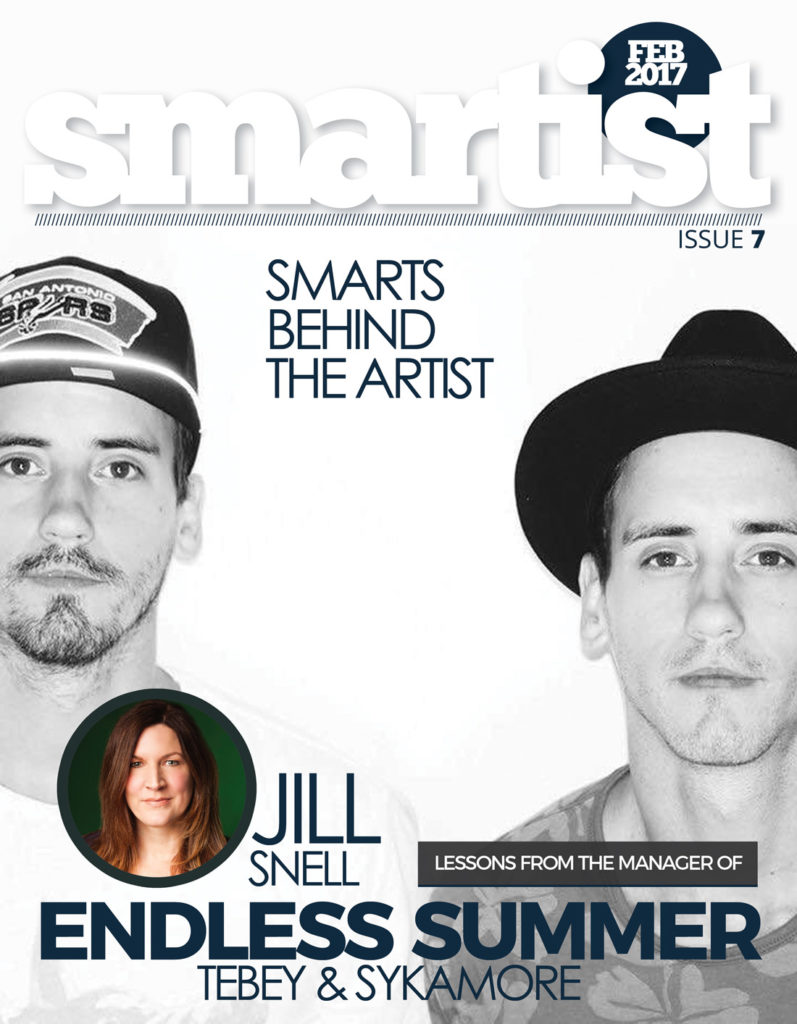

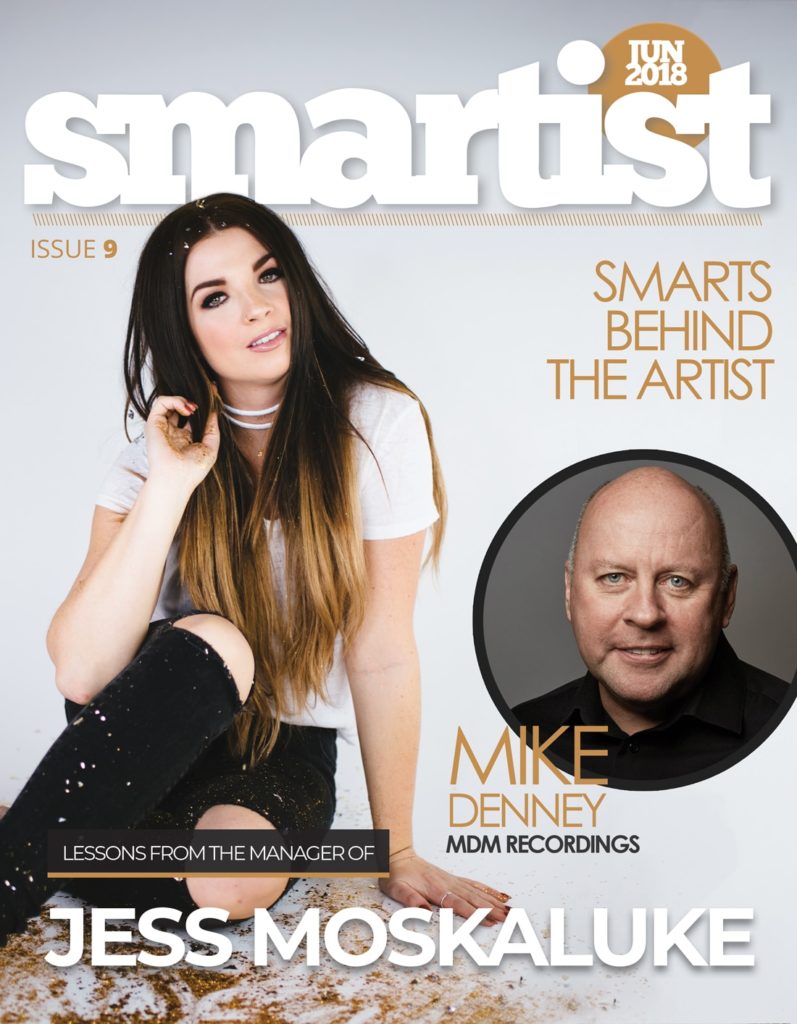
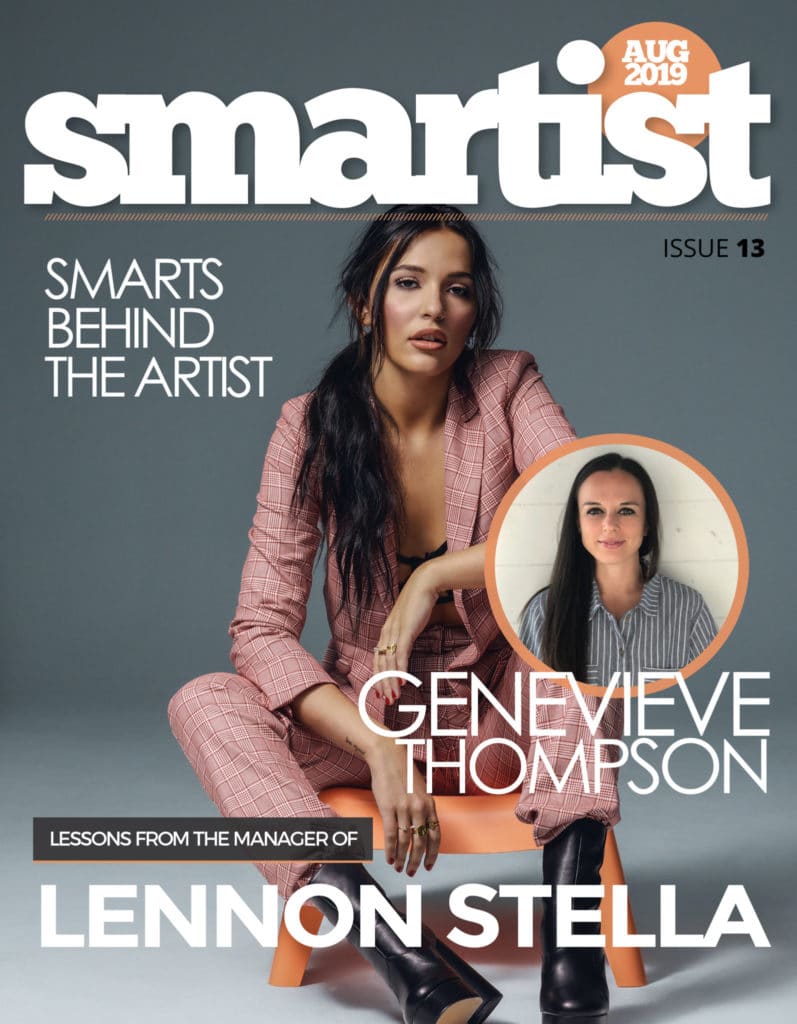
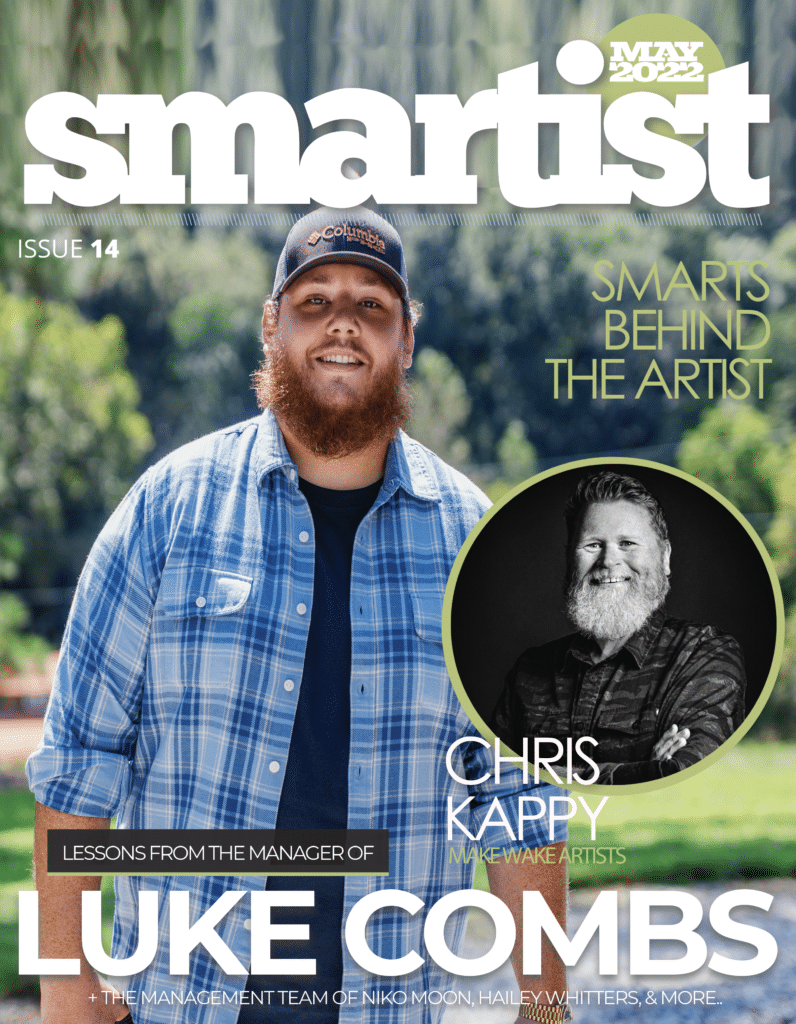
Responses